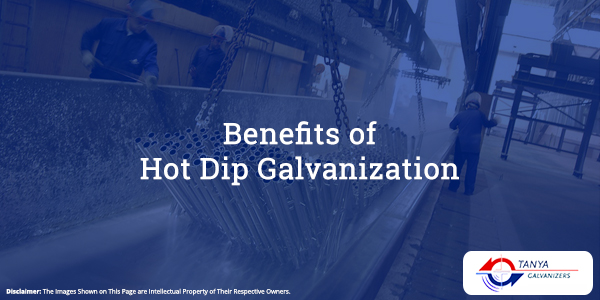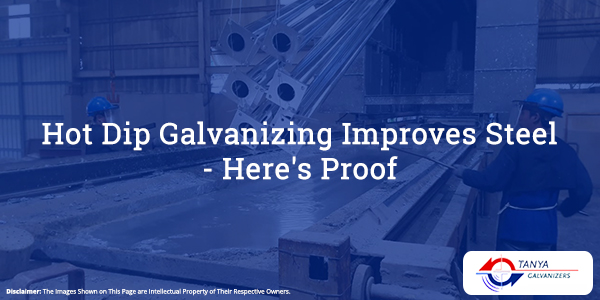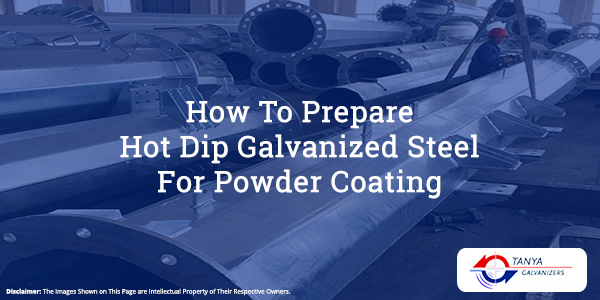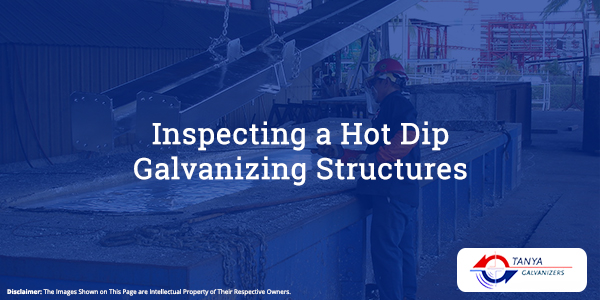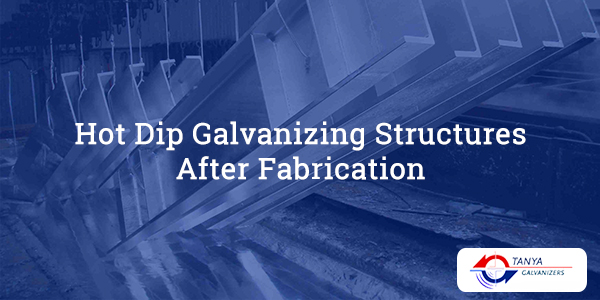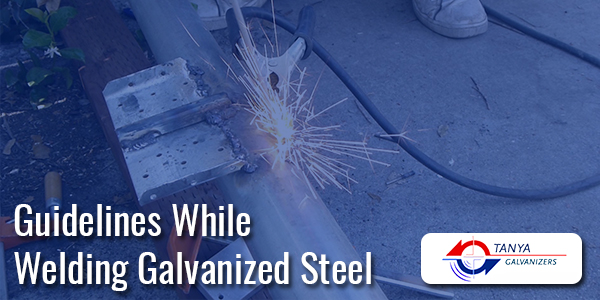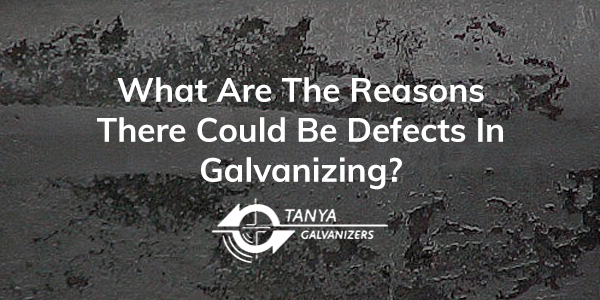Hot dip galvanizing is actually a form of galvanization where a coating of zinc is applied to iron and steel for making it more durable in nature. The process is carried out by immersing the base metal into a bath of molten zinc at very high temperatures. Now, if you are looking forward to set up a hot dip galvanizing plant, it would not be a very easy task. At this point of time, a proper and effective consulting service is what comes to the rescue. Tanya Galvanizers is one of the premier hot dip galvanizing consulting service providers so as to guide the users in the right path regarding setting up of the hot dip galvanizing plant.
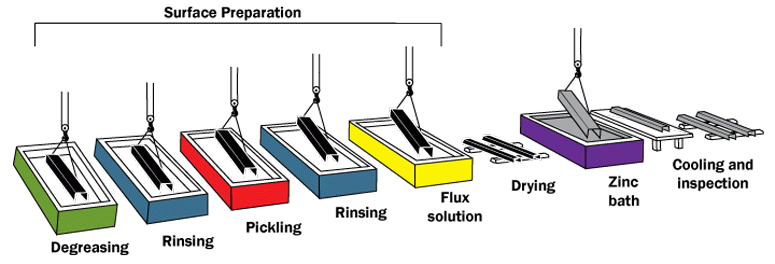
How Tanya Galvanizers Help?
Being one of the most trusted and reliable hot dip galvanizing consultants, we make sure that none of the users have to face any kinds of problems at the time of setting up of the hot dip galvanizing plant. We begin with helping the users to take into consideration all the important factors so that overall process of setting up of the plant goes on smoothly without any interruptions. With Tanya Galvanizers by you side you need not worry about anything at all. As a hot dip galvanizing consultant, we stress on two of the most vital things which are as follows.
- Working conditions
- Safety measures
Working conditions in a hot dip galvanizing plant is a matter of immense importance. We make sure that that working area is kept absolutely neat, clean and tidy. We also make it a point to increase the usage of hoods, extraction ducts as well as proper exhaust fans so as to ensure a good overall atmosphere.
Safety measures are another of the important considerations which we make as a hot dip galvanizing consultant. The safety of the workers as well as the plant is extremely important. This is the reason as to why we take all the necessary steps to ensure an overall safety. The workers need to have a proper eye or face shield, safety shoes, leather gloves, leather aprons, nose masks and a helmet. When we set up the hot dip galvanizing plant, we make it a point to follow the rules so that no problems are faced later and the galvanizing of the base metal in done in the exact way as desired.
Get in touch with us Call: +91 8000842648

